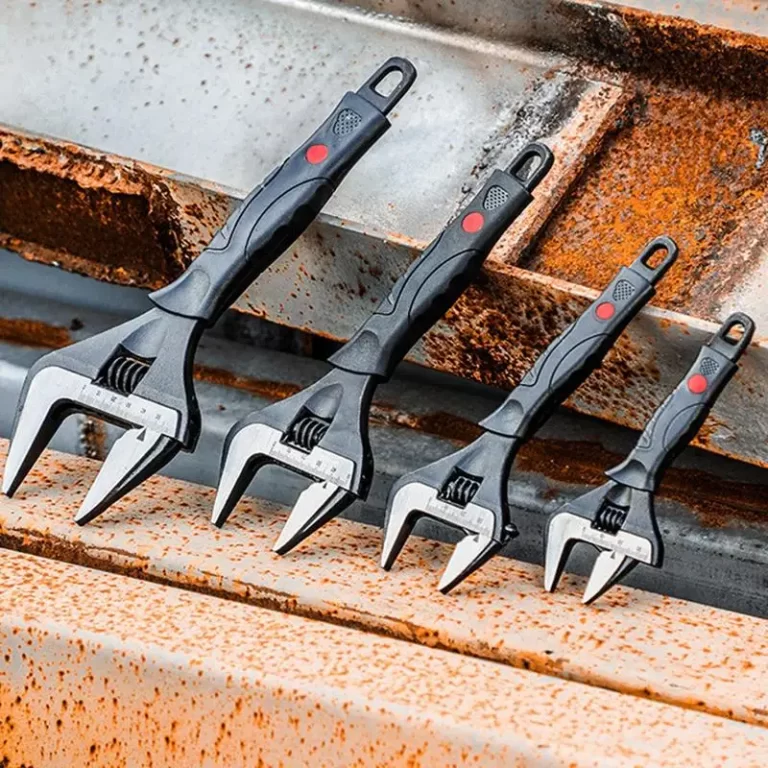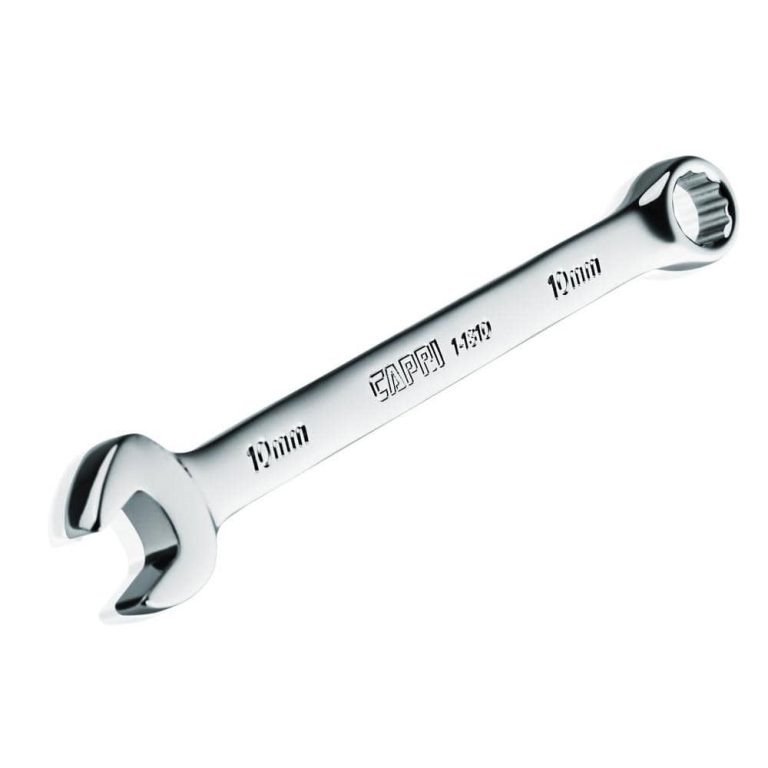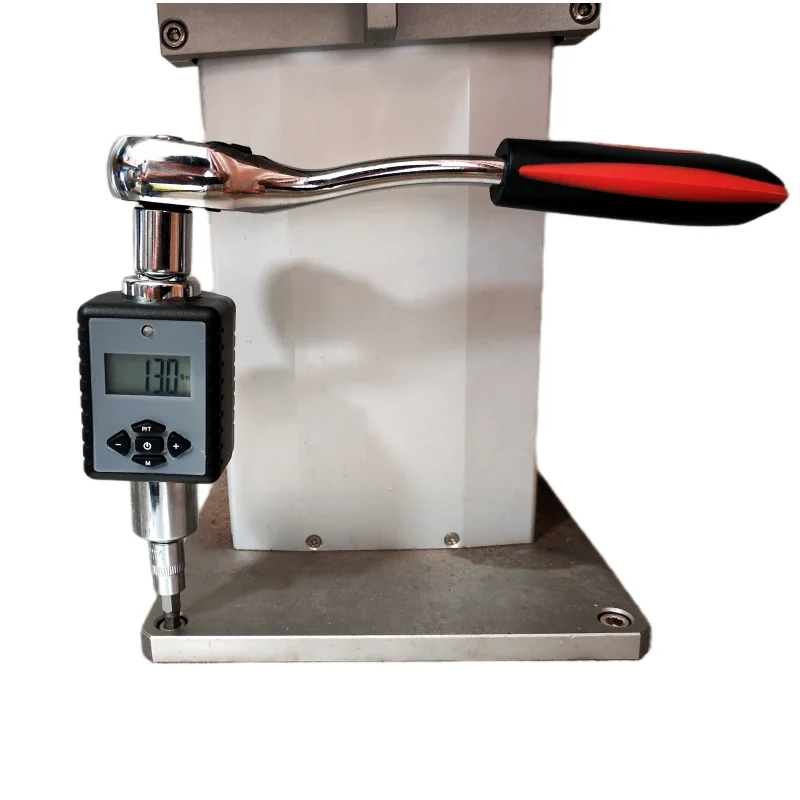
How to Choose the Right Small Torque Wrench for Your Tool Kit
A small torque wrench is an essential tool for mechanics, engineers, and DIY enthusiasts who work on delicate or compact projects. Unlike standard-sized models, a small torque wrench delivers accurate tightening force in confined areas where larger tools simply won’t fit. Whether you’re assembling a bicycle, repairing electronics, or working on automotive engine components, precision matters. Over-tightening can strip threads or crack housings, while under-tightening may lead to loose connections and mechanical failure. That’s why using a small torque wrench ensures bolts and screws are tightened to exact manufacturer specifications.
These compact tools typically measure between 1/4-inch and 3/8-inch drive sizes and cover lower torque ranges, usually from 5 to 80 inch-pounds or 0.5 to 7 Newton-meters. Because of their size and accuracy, they are ideal for sensitive applications like motorcycle engines, drone assembly, and optical equipment. Moreover, many small torque wrenches feature fine calibration dials, ergonomic grips, and durable chrome-vanadium steel construction. As technology advances, digital versions now offer backlight displays and memory settings. Therefore, understanding the features, types, and top-performing models helps users choose the right small torque wrench for their needs. This article explores various styles, key buying factors, maintenance tips, and real-world applications to guide your decision.
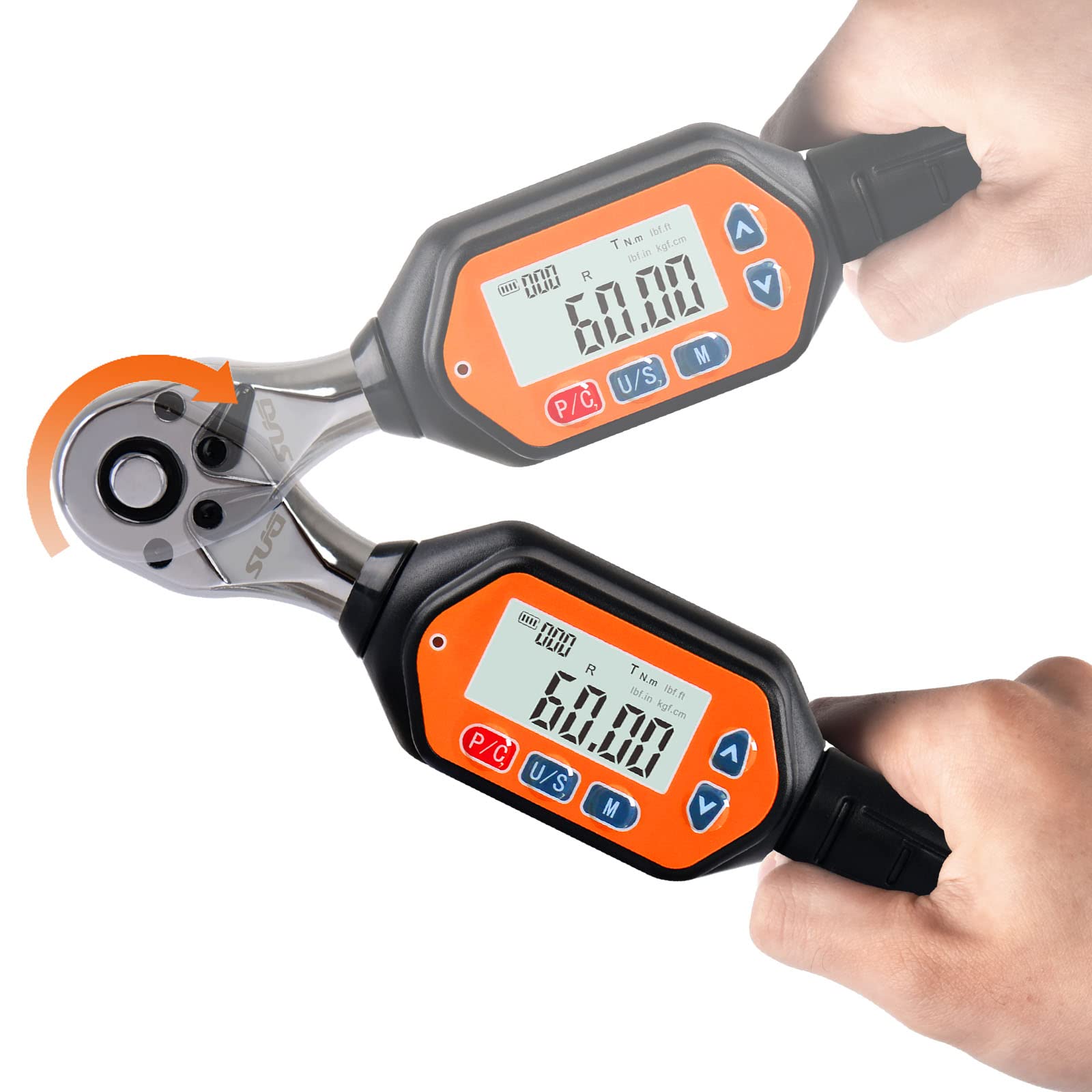 Introduction
Introduction
Small torque wrenches are essential tools for precision work. They ensure proper tightening of nuts and bolts. Understanding their value is crucial for various applications.
What is a Small Torque Wrench?
A small torque wrench is a tool designed to tighten fasteners to specific torque settings. It is smaller and lighter than standard torque wrenches. These wrenches help avoid over-tightening or loosening, ensuring safety and efficiency. They are often used for delicate tasks requiring low torque levels.
Common Uses and Applications
Small torque wrenches are used in various industries. They are common in automotive repairs, especially for tightening spark plugs. Electronics assembly also relies on these tools for securing components precisely. Other applications include bicycle maintenance, HVAC systems, and machinery calibration. Their versatility makes them invaluable across multiple fields.
Types of Torque Wrenches
Understanding the right type of small torque wrench is important for specific tasks. Each type offers distinct features and benefits. Choosing the correct one depends on your application.
Beam Style Torque Wrenches
The beam style torque wrench is the simplest type. It uses a pointer to indicate torque. These wrenches are affordable and do not require calibration. They are ideal for basic tasks like tightening bolts on a bicycle. However, reading the scale while using it may require focus.
Click-Type Torque Wrenches
Click-type torque wrenches are user-friendly and precise. They emit a clicking sound when the set torque is reached. This prevents over-tightening and ensures accuracy. They are commonly used in applications like automotive repairs and electronics assembly. Regular calibration keeps them reliable over time.
Digital Torque Wrenches
Digital torque wrenches display torque readings on a screen. They offer exceptional accuracy and convenience. Some models also store torque data, useful for professional records. These wrenches are favored in advanced tasks, such as machinery calibration and high-precision work. However, they are more expensive and need batteries.
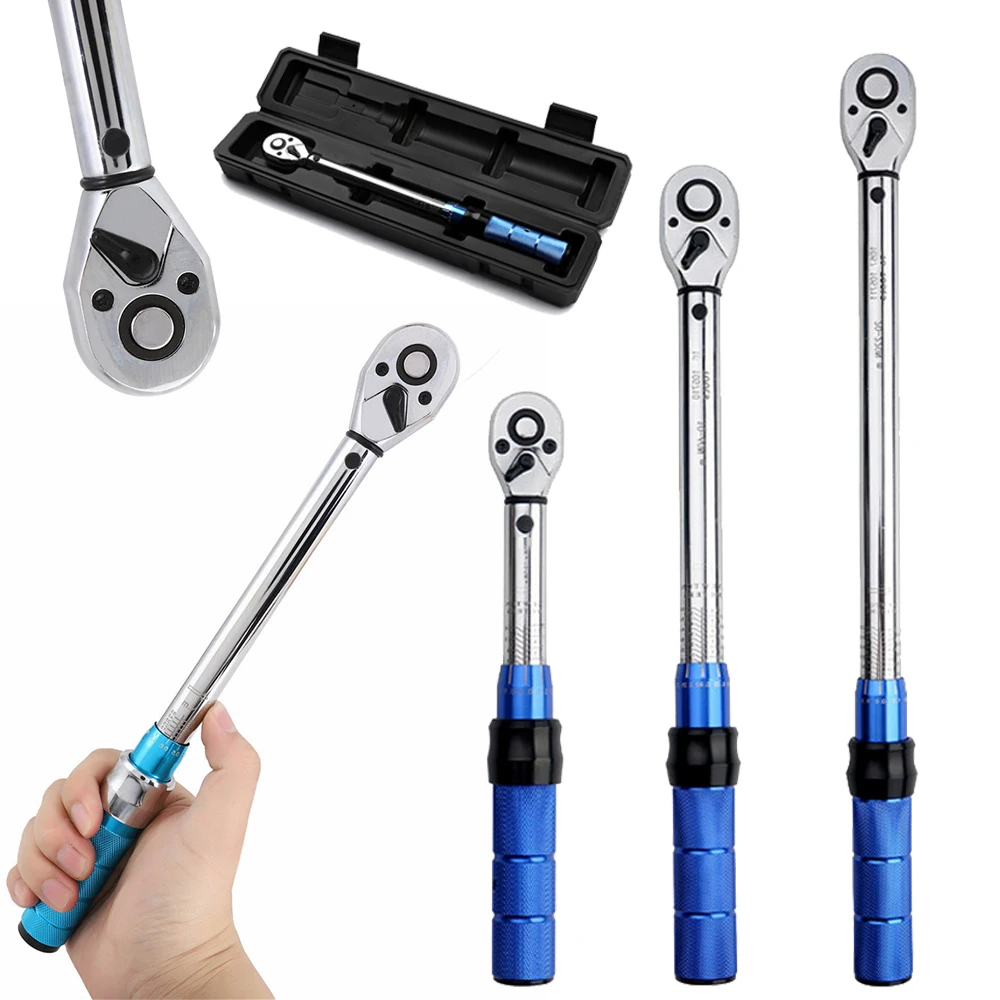 Key Features to Consider When Choosing
Key Features to Consider When Choosing
Selecting the right small torque wrench requires careful attention to key features. Each feature influences its usability, suitability, and performance. Here are the primary characteristics to evaluate:
Torque Range and Accuracy
Torque range defines the force a wrench can apply. Small torque wrenches typically handle low torque settings. Choose a range suited to your specific tasks. Accuracy ensures screws are tightened precisely. Higher accuracy reduces risks like over-tightening or loosening. Always prioritize tools with good torque measurement precision.
Size and Weight
Size and weight affect ease of handling. Compact and lightweight wrenches are ideal for tight spaces. Smaller models reduce user fatigue during extended use. Ensure the size fits the task requirements for smooth operation. Avoid overly bulky options for delicate applications.
Material and Build Quality
Durable materials improve a wrench’s lifespan. Look for tools made from high-quality steel or metal alloys. Build quality ensures resistance to wear, impacts, and corrosion. A sturdy wrench delivers consistent performance across tasks. Cheap materials can result in damage or inaccurate readings.
Ease of Use and Ergonomics
Ergonomic designs enhance comfort and usability. Features like non-slip grips and intuitive controls simplify operation. Easy-to-read scales or displays improve efficiency during work. Ensure calibration options are straightforward for hassle-free maintenance. User-friendly tools minimize errors and make workflows more efficient.
How to Select the Right Torque Wrench for Your Needs
Choosing the right small torque wrench ensures smooth and accurate results. It requires evaluating your specific tasks and needs.
Matching Specifications to Your Task
Start by assessing the torque requirements of your tasks. Match the wrench’s torque range to your project. For delicate work, choose a wrench with low torque settings for precise tightening. Consider the application, whether automotive repair, electronics, or bike maintenance. Select a wrench that offers compatibility with the fasteners you’ll use most frequently. Accuracy is essential for safety and durability.
Comparing Brands and Models
Compare brands and their models carefully. Look for reliability, durability, and customer reviews. Well-reviewed brands often offer better accuracy and build quality. Identify features that suit your needs, such as displays, click mechanisms, or ergonomic designs. Compare warranties and after-sales support to ensure a hassle-free experience. Research performance tests if available.
Budget Considerations
Set a realistic budget for your torque wrench. Affordable options are available for basic tasks but may lack premium features. Higher-priced models often deliver better precision, durability, and advanced functionalities. Balance cost with your application’s requirements. Avoid overspending on features that you won’t use frequently. Consider warranties to enhance your wrench’s value over time.
Choosing a tool that aligns with your needs, quality expectations, and budget ensures lasting results.
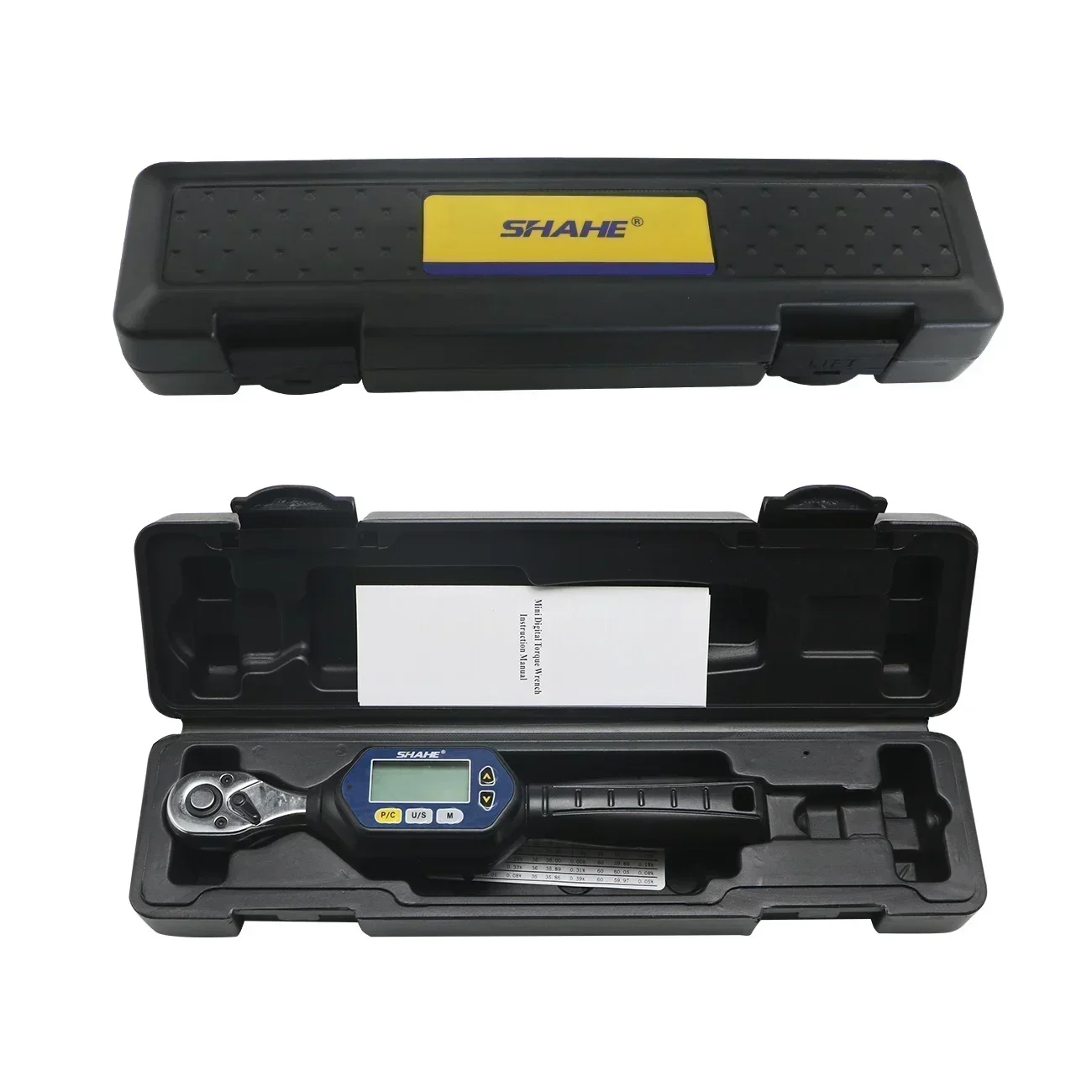 Maintaining Your Torque Wrench for Longevity
Maintaining Your Torque Wrench for Longevity
Proper care ensures your small torque wrench remains accurate and functional for years.
Always reset the tool to its lowest setting after use. This relieves tension on the internal spring, extending its life. Failing to do so can cause permanent calibration drift over time.
Store the wrench in a dry, clean place. Humidity leads to rust, especially on metal parts. Use the provided case if available. Avoid tossing it loosely into a toolbox with heavy tools.
Clean the wrench regularly with a soft cloth. Remove dirt, grease, or fingerprints from the handle and scale. Do not immerse it in liquid or use harsh solvents.
Avoid dropping the tool. Even minor impacts can throw off calibration. If it falls, have it checked before relying on it for critical jobs.
Use correct socket sizes and avoid extensions unless necessary. Adapters or wobble bars can alter torque delivery. Always attach sockets directly when possible.
Calibrate your small torque wrench periodically. Annual checks are recommended for casual users. Heavy users should test every 3–6 months. Send it to a certified lab or use a calibration fixture at home.
Never use the wrench as a breaker bar. It is designed for tightening, not loosening stuck bolts. Applying reverse force damages internal mechanisms.
Inspect the ratchet mechanism for smooth operation. Lubricate sparingly with light machine oil if needed. Excess oil attracts dust and grime.
Finally, follow the manufacturer’s instructions. They provide specific guidance on usage limits, storage, and servicing.
With consistent maintenance, your small torque wrench will deliver dependable performance across countless projects.
Applications Where a Torque Wrench Excels
The small torque wrench proves invaluable in numerous technical and mechanical fields.
In bicycle maintenance, it ensures critical parts like crank bolts, stem connectors, and derailleur mounts are secured correctly. Carbon fiber frames and components are especially vulnerable to over-tightening. A small torque wrench prevents costly damage by adhering to low torque specs—often between 4 and 8 Nm.
Motorcycle engines contain many small, high-precision fasteners. Cylinder head bolts, exhaust manifold screws, and valve cover nuts require exact tension. Using a small torque wrench avoids warping metal or blowing gaskets due to uneven pressure.
Drone and RC hobbyists rely on these tools when assembling lightweight airframes. Tiny screws hold motors and flight controllers in place. Too much force cracks plastic or carbon parts; too little causes vibrations and instability. A 1/4-inch drive small torque wrench with inch-pound settings gives perfect control.
Camera and optics industries use small torque wrenches during lens and sensor assembly. Even minor misalignment from incorrect screw tightness affects image quality. Technicians in labs and manufacturing plants depend on them for repeatable results.
Automotive technicians apply small torque wrenches when working on throttle bodies, intake manifolds, and electronic sensors. These areas often have limited clearance, making bulky tools impractical. The compact size allows access without removing surrounding parts.
Model builders and watchmakers also benefit. Miniature screws in scale models or timepieces need precise torque to function without jamming. A digital small torque wrench with micro-adjustments handles these delicate jobs efficiently.
Moreover, aerospace and medical device assembly follow strict torque protocols. Certified small torque wrenches ensure compliance with safety standards. Regular calibration maintains traceability for quality audits.
Clearly, wherever precision and space constraints exist, the small torque wrench becomes indispensable.
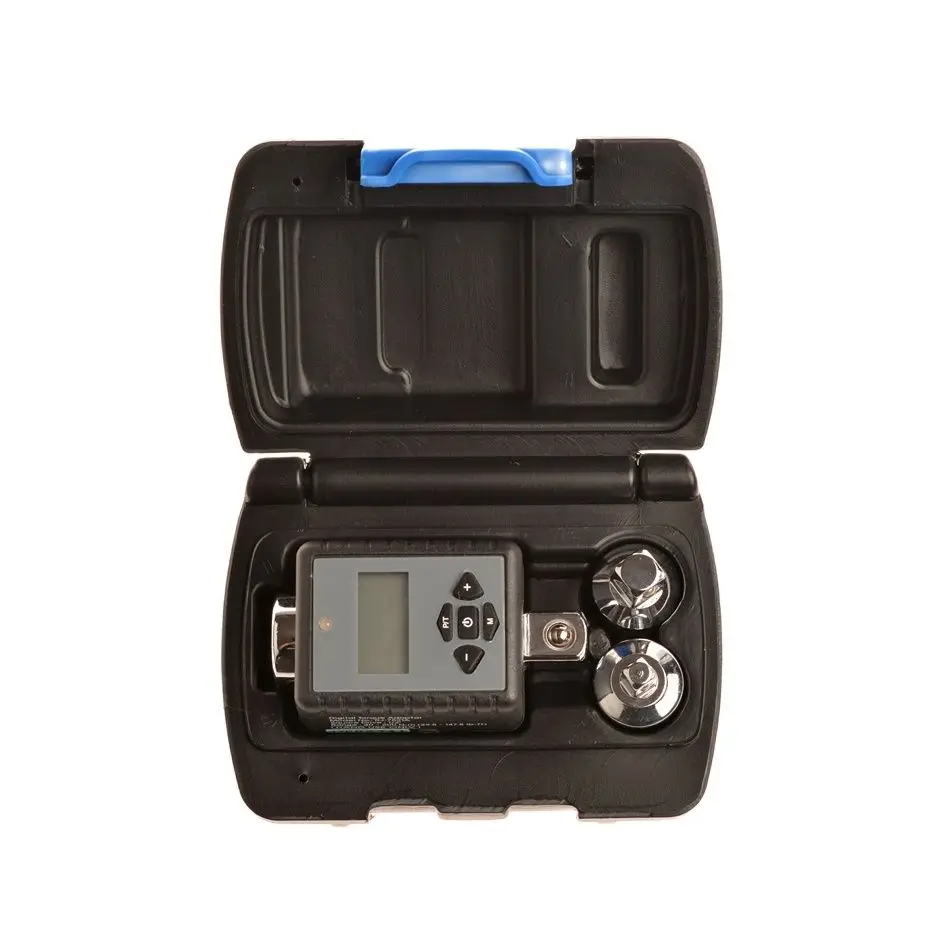 Top Brands and Recommendations
Top Brands and Recommendations
Selecting the right small torque wrench also involves knowing reputable brands and their offerings. Reliable brands deliver quality, precision, and durability.
Popular Brands and Their Features
- Snap-on: Known for premium quality and advanced designs. Snap-on wrenches offer exceptional precision and durability.
- Tekton: Offers affordable, user-friendly wrenches with consistent accuracy. Ideal for general and professional tasks.
- Park Tool: Specializes in tools for bicycle maintenance. Their wrenches provide reliability and ease of use.
- Gearwrench: Features ergonomic designs and durable materials. Popular for automotive and electronics applications.
- CDI Torque: A trusted brand offering digital and click torque wrenches. Great for high-precision work.
- PRO Bike Tool: Tailored specifically for bike mechanics. Lightweight and effective for small torque tasks.
Before buying, evaluate brand reliability, warranty, and customer reviews. Consider which features align best with your needs.
Best Small Torque Wrenches for Specific Applications
- Automotive Repairs: Choose click-type wrenches like those from Snap-on or Gearwrench. They ensure tight and accurate fastenings.
- Electronics Assembly: Opt for digital wrenches from brands like CDI Torque for precision readings.
- Bicycle Maintenance: Use Park Tool or PRO Bike Tool wrenches. Both are lightweight and made for bike adjustments.
- Machinery Calibration: Digital wrenches from Tekton or CDI Torque excel in maintaining high accuracy.
- General DIY Tasks: Affordable brands like Tekton offer versatile wrenches suitable for various home projects.
Matching the wrench to your task ensures efficiency and reliability. Trusted tools deliver optimal performance for precision work.
Frequently Asked Questions (FAQ)
What is a small torque wrench used for?
It tightens small fasteners to exact specifications, especially in tight or delicate assemblies.
Can I use a regular torque wrench for small jobs?
Sometimes, but it lacks precision at low torque levels and may be too large for confined spaces.
How tight should I set my small torque wrench?
Follow the equipment manual. Typical values range from 4 in-lb for eyeglasses to 60 in-lb for motorcycle parts.
Do small torque wrenches need calibration?
Yes, especially if used frequently. Accuracy degrades over time without proper checks.
Are digital small torque wrenches better than analog?
They offer more features and easier reading, but analog models are often more durable and affordable.
Can I adjust the torque while using the wrench?
No. Always set and lock the value before starting. Adjusting mid-use risks inaccuracy.
Where can I get my small torque wrench calibrated?
Many tool suppliers and metrology labs offer calibration services with certification.
 Final Thoughts on Choosing the Right Torque Wrench
Final Thoughts on Choosing the Right Torque Wrench
Selecting the right small torque wrench enhances safety, precision, and efficiency in any technical task. From bike repairs to electronics, this compact tool prevents damage caused by guesswork. Its ability to deliver exact force in limited spaces makes it indispensable for professionals and hobbyists alike. With various types—click, beam, dial, and digital—there’s a model suited to every need and budget. Key factors like drive size, torque range, accuracy, and durability guide informed choices. Additionally, proper maintenance ensures long-term reliability and consistent performance. As technology evolves, digital models bring new capabilities to the field. Yet, classic designs remain trusted for their simplicity and robustness. Whether you’re building a drone, fixing a laptop, or tuning an engine, having the best small torque wrench in your kit pays dividends. So invest wisely, follow best practices, and enjoy the confidence that comes with precision engineering.
